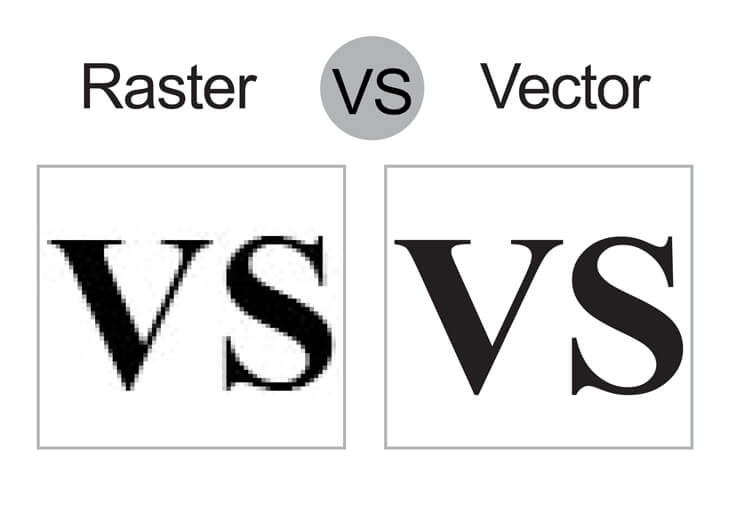What is (or is not) Vector Art
I think one of the biggest areas of confusion in the Apparel Decorating Industry is a clear definition of what Vector Art really is and how it is used to print on apparel. Unfortunately Vector Art is a term that has been commoditized the way Kleenex is used to describe all brands of facial tissue. Unfortunately vector art is a discipline on to itself and many times consumers will request a piece of art be “vectorized” when the process of recreating a piece of art in vector format is entirely inappropriate.
This conversation could easily get very technical but the point is not to numb you into submission with fancy terms and lofty jargon. Rather it is to try an help you better understand what can and cannot be done with vector art.
To go further let’s discuss the image below. This is very typical of art Qdigitizing will receive with instructions that go something like this, “Please vectorize this image so I can print on t-shirts.”
The first and most important thing to remember is that designs submitted as JPG, BMP, TIFF, GIF and others are RASTER images (designs made up of colored DOTS) not VECTOR images. (Designs made up of solid lines) You might be saying, “Well, that is why I want you to vectorize it for me.” Unfortunately it is not nearly that simple and to confuse things what you probably really want is not vector art at all. What you really want are color separations from the raster image.
This is where using a term like vector art is confusing. If you are looking to print this design on a shirt you most likely do not want vector art. You want your art company to take this file and separate it into a manageable number of layers (color separations) so a screen printer can create screens to print the job for you.
Your art company can do this for you using highly sophisticated software but it depends on ONE CRITICAL FACTOR. The original image must be of high enough resolution to support increasing the size of the image to the required print size. It is virtually impossible for any art company to add resolution to an image. The design above is created by the illusion of millions of colored dots placed close together. This forms the illusion of all of the colors. If we simply enlarge the image the dots will spread out and the image will begin to fall apart.
Herein lies the confusion. Customers will use the term “vectoring” when what they really mean is “we want you to make this design bigger and increase the resolution so we can print it.” Unfortunately that cannot be done without completely re-drawing the design. To further complicate matters a design like this (for many reasons) cannot simply be “redrawn” in a program like Adobe Illustrator. To faithfully recreate this image the art would need to be redrawn by hand by a talented artist who would spend hours and hours recreating the image before creating a digital version. There are of course exceptions to this rule but the details get tedious and involved.
If your customer comes to you and wants this image printed on a t-shirt you must ask your customer to provide you with the source files. If they don’t have them the chances are (whether you use Qdigitizing or one of our competitors) you will not be able to get the design printed without a significant cost to recreate (not simply color separate) the art for you.
Finally, it should be understood it is virtually impossible to redraw an image like this in a vector art program like Adobe Illustrator or Corel Draw. While an artist can come close, the finished project will not have the “soft” feel of the original. Vector programs by their very nature create hard lines. Those lines can be manipulated with effects but those effects typically do not duplicate the hand of a human artist.
Vector programs like Adobe Illustrator and Corel Draw have their place and a talented artist can do amazing things with these applications. But duplicating a RASTER image file like the one above (or a photograph!) is not what these programs are for.
I understand what I am writing may more questions than it answers. That is to be expected. Art is a complicated issue and fully understand all of the ins and outs can take years. I still learn something new almost every single day. I will continue to answer your questions through this blog. If any of you out there have specific questions please do not be shy to ask. Any question presented will be answered to the best of my ability. If you do not want to have a public conversation simply email me at steve.freeman@qdigitizing.com .
Steve Freeman
Qdigitizing.com

